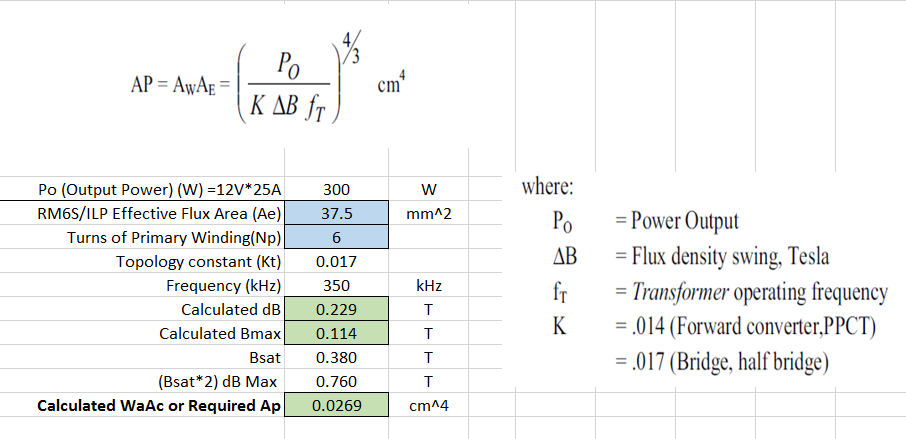Dear Sir,
Could you please share the mathcad file for the PMP4435.
what is the (Magnetic flux density) Bmax considered for the transformer(T1) design and Output Inductor (L1) design in this full bridge converter. Is the RM6S/ILP core which is used with Ap (area Product): 236 mm4 sufficient for 300W.
Regards,
Nesh


